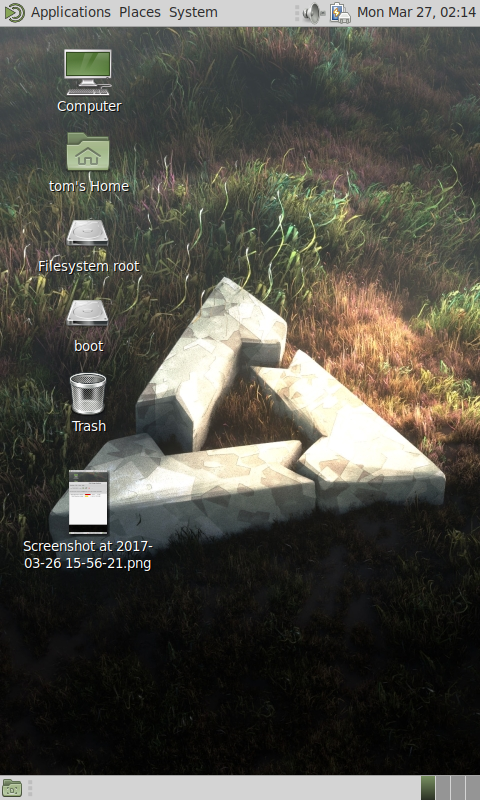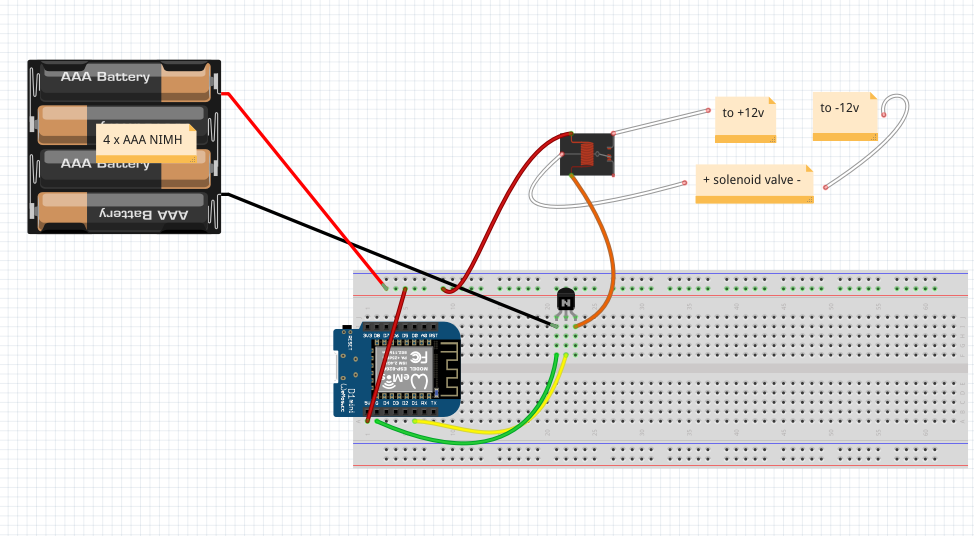At home we have a bunch of old Android devices and laptops. The laptops all have some version of Linux running on them by now, but so far I have only had limited use for the oldest Android devices. I have an old S3 mini for example which has a great screen, but unfortunately LineageOS (the Android Upgrade) latest version available is Nougat, and that runs rather slowly. Besides, I already have two Android devices working with later versions.
PostmarketOS is a fairly new project with the goal of porting Alpine Linux (really small) with mainline kernel to ALL Android devices. Also you can run all types of UI on top of postmarketOS for example Plasma Mobile. I just wanted to see if I could have a device with WiFi which I could use to run some Bash scripts, c programs and possibly Python.
Here is how it works:
- You need a computer running linux – install the pmbootstrap program
- put phone into fastboot mode – making sure to follow instructions on postmarketOS wiki – S3 mini page was here
- after following the install guide (really comprehensive and simple), and choosing the kernel (mainline or the old one from Android), the Desktop (mate, xfce, plasma mobile, and many more), just run the install scripts
- ssh into phone via usb (or just use the phone touch screen)
- to install any program (from alpine linux) type apk add <program>
- a good one to have is corekeyboard (onscreen keyboard for phone)
So here it is then: Mate desktop running on postmarketOS in my S3 mini. (not mainline kernel though):

So far I have not been able to get WiFi working, or Bluetooth, however there is an option to share the laptop internet via USB, so I can still install programs. I installed gcc and compiled and ran a c program, and of course a shell script. This is really a great project and worth checking out if you have an old phone or two lying around.


